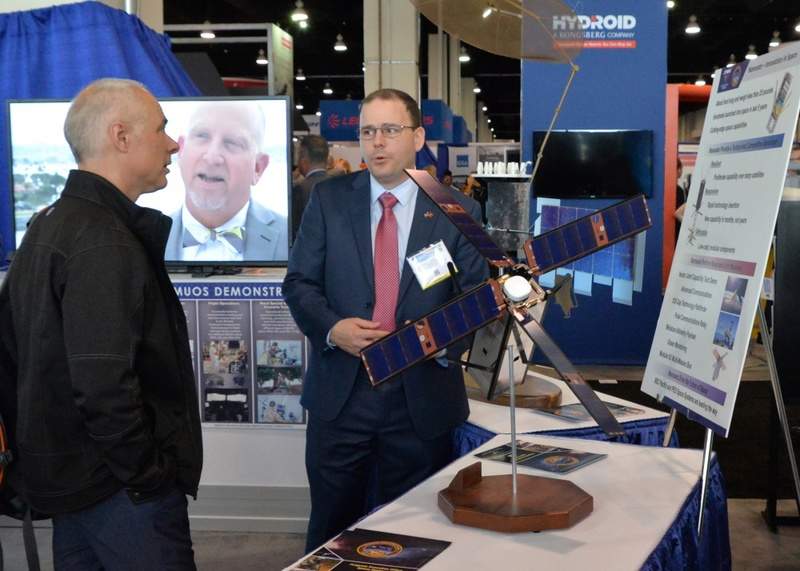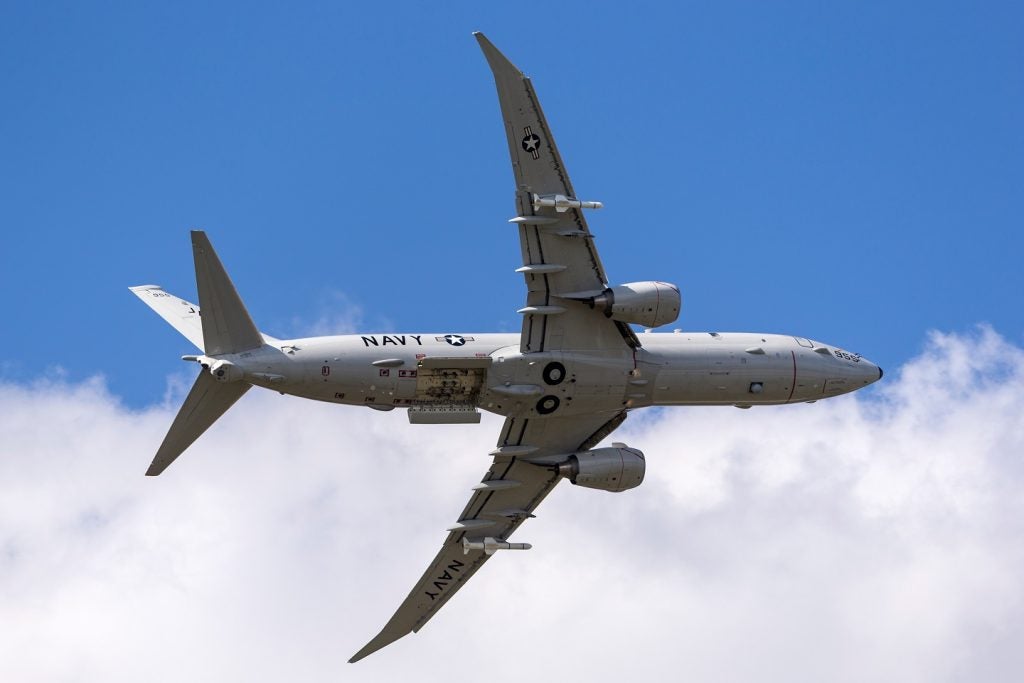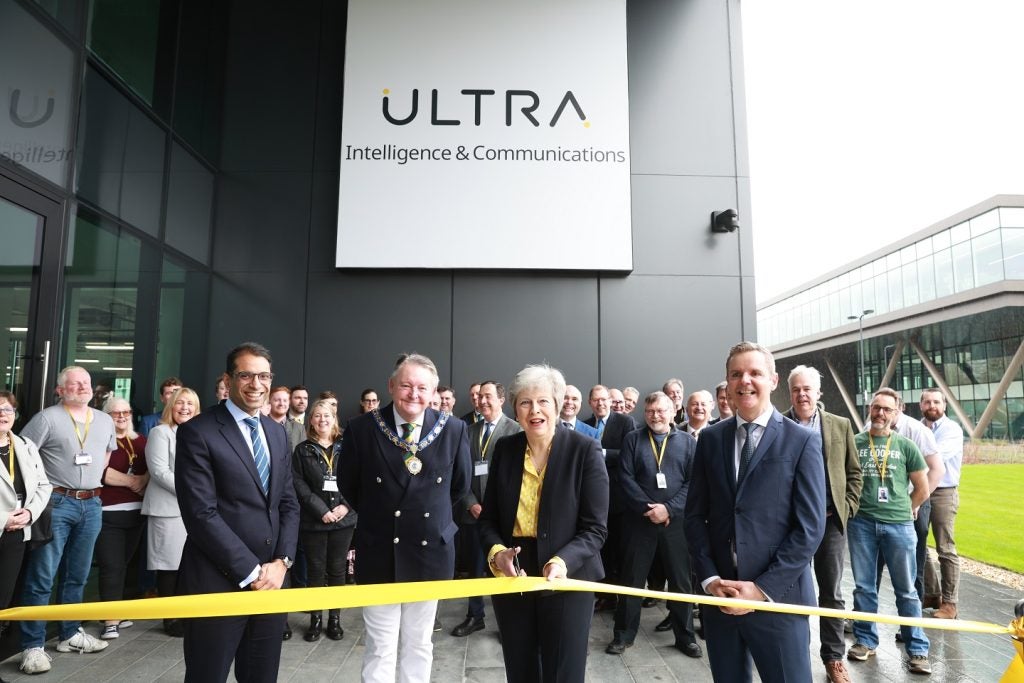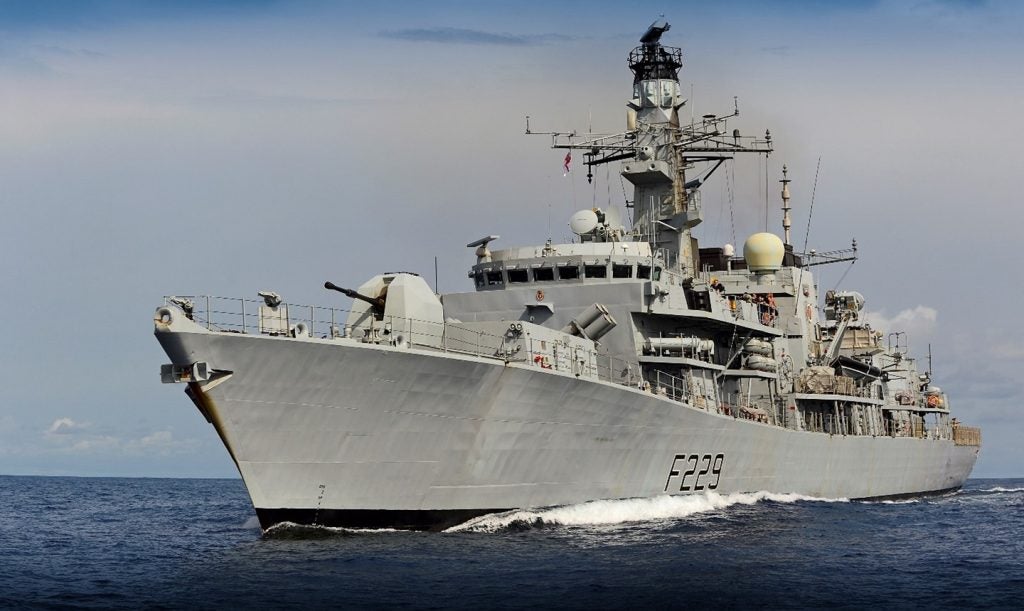
The US Navy has launched a nanosatellite from the Vandenberg Air Force Base (AFB) in California that is intended to expand the range of ultra-high frequency (UHF) communications into the polar regions.
Known as the Integrated Communications Extension Capability (ICE-Cap), the project has been led by officials at the US Navy’s Program Executive Office (PEO) Space Systems together with developers at Space and Naval Warfare Command Systems Center Pacific.
The ICE-Cap project has been carried out to demonstrate the ability of low-Earth orbit satellites in expanding coverage of the Mobile User Objective System (MUOS) and conventional ultra-high frequency (UHF) follow-on (UFO) satellite constellations to the polar regions.
US Navy PEO Space Systems Communications Satellite Program Office programme manager captain Chris DeSena said: “This is a force multiplier. We are delivering warfighting capability that naval forces and their partners need to compete, deter and win.
“The Arctic portion of maritime domain is becoming more active and important, and MUOS and ICE-Cap help ensure we have advantages in any challenges we might face there.”
MUOS offers mobile forces cell-phone-like capabilities through the wideband code division multiple access (WCDMA) waveform, in addition to supporting the UHF currently generated by the UFO satellites.
How well do you really know your competitors?
Access the most comprehensive Company Profiles on the market, powered by GlobalData. Save hours of research. Gain competitive edge.

Thank you!
Your download email will arrive shortly
Not ready to buy yet? Download a free sample
We are confident about the unique quality of our Company Profiles. However, we want you to make the most beneficial decision for your business, so we offer a free sample that you can download by submitting the below form
By GlobalDataThe ICE-Cap nanosatellite will serve as a relay to the existing MUOS constellation. Based on its orbit, the satellite will extend communications into the polar regions for mobile forces.
Built by the US Navy, the smaller satellites will act as calibration targets and technology demonstrations that would help enhance their capabilities to track small objects in space.
In addition, the nanosatellites will host different combinations of radio frequency reflectors that reflect radar for increased space-object tracking and optical reflectors that are used to reflect lasers for the accurate measurement of satellite altitude.
PEO Space Systems Science and Technology assistant programme manager lieutenant commander Shawn Kocis said: “The development and launch of these four nanosatellites demonstrates the navy’s interest in leveraging the significant growth and private-sector investment in disruptive, new-space technologies aimed at driving down the costs of developing, building, launching and operating constellations of small satellites, increasing access to space.”







